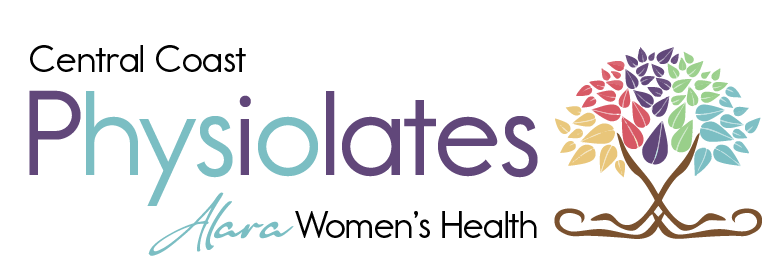1. Mind-Body Connection: Pilates emphasizes the mind-body connection, encouraging
a focus on proper breathing techniques, precise movements, and alignment,
understanding how the body functions as a system and how to manage your
pressure system to optimise stability. This mindful approach can enhance body
awareness and promote better movement patterns.
2. Breathwork: Breathing slowly and matching your pattern of movement 4:5 in/out
ratio of breath helps to stimulate your vagus nerve and moving slowly to this
pattern helps to tone your slow twitch muscle fibres. This is highly important for
postural control. Moving too fast will not give you this control.
3. Focus on Core Strength: Pilates places a strong emphasis on developing core
strength, which includes muscles in the abdomen, lower back, hips, buttocks and
the pelvic floor. Traditional exercise may target these muscles indirectly, but Pilates
specifically focuses on strengthening and stabilizing the core and understanding how
these work together.
4. Low-Impact: Many Pilates exercises are low-impact, meaning they are gentle on the
joints. Traditional exercise often includes high-impact activities such as running or
jumping, which can put stress on the joints and may not be suitable for everyone.
5. Whole-Body Integration: Pilates exercises often involve whole-body movements
that promote strength, flexibility and coordination throughout the entire body.
While traditional exercise may isolate specific muscle groups, Pilates aims to
integrate the body as a whole. This is important for almost every movement that you
perform such as running where you need your foot to align correctly with your pelvis
for stability and rib cage for motion to make your movement as effective as possible.
6. Emphasis on Functional Movement: Pilates exercises often mimic everyday
movements, such as bending, twisting, and reaching. This focus on functional
movement in a controlled pattern helps to create symmetry in the movement,
strength for function and prevent injury for daily activity.

